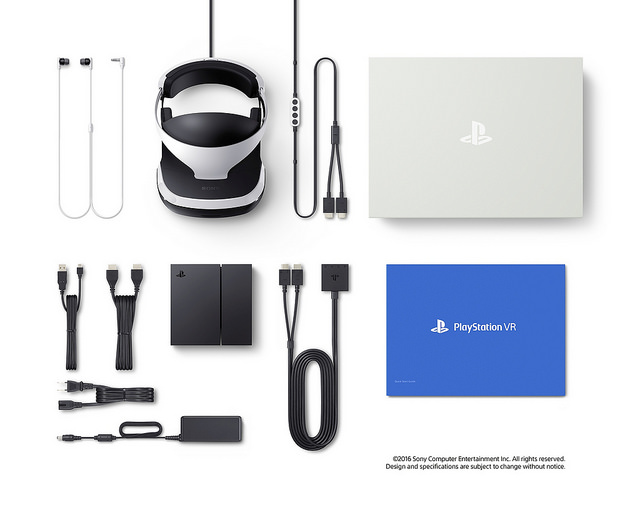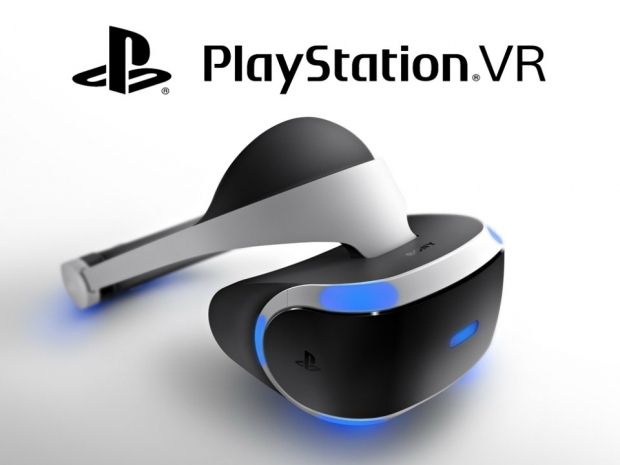PlayStation VR needs $45 for the camera and to get the whole experience you would need two additional move controllers that are retailing for around $29 each. Then you will need a game that will cost some up to $59. Sony will probably have cheaper, smaller games but the important titles are always around the $59 range.
The PlayStation VR is still the cheapest choice around, and it has the best deployment potential. There are at least 36 million of consoles sold, and more to come.
To play the PlayStation VR you are looking at roughly $852 for the hardware and if you add a high end triple A game, you will end up paying more than $900 for the whole thing. This is still not that bad as the HTC Vive itself sells for $799 excl tax and you need to add an average of 10 percent tax in California which will get the price to $780 without shipping cost.
HTC Vive kit includes three games and two hand controllers and the motion traction controllers. It doesn’t include a PC and one of those needed to run Virtual Reality starts at $ / €1000 and a good one that lets you play everything at smooth rates will get closer to $ / €2000+.
The Facebook owned Oculus would start sells for $599 and again needs a tax depending on your state, and a $ / € 1000 to $ / € 2000 PC. Sony is the most cost effective solution but it has the least graphics power of the three.
The good thing is that Virtual Reality will drive the PC industry, especially the graphics part, to the next level. As the way things are, the fastest and most expensive $1500 GPU is not nearly enough for a great visual experience in Virtual Reality. The 2016 could be the birth year of VR and like any other technology, it will take some time to mature.




